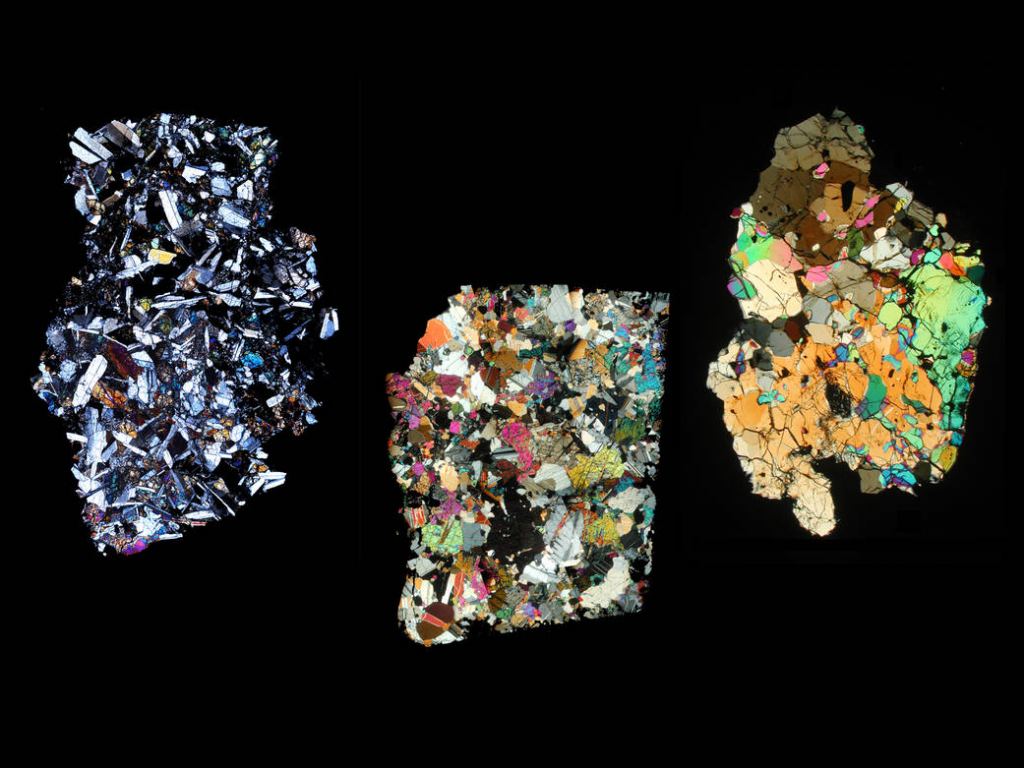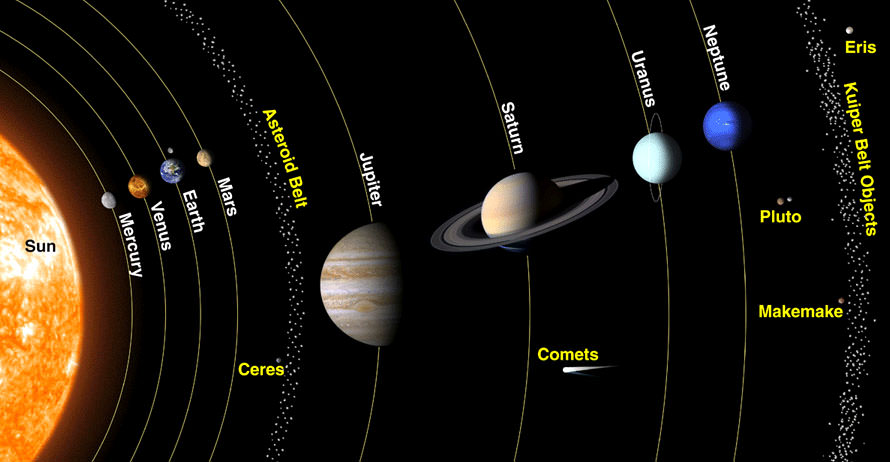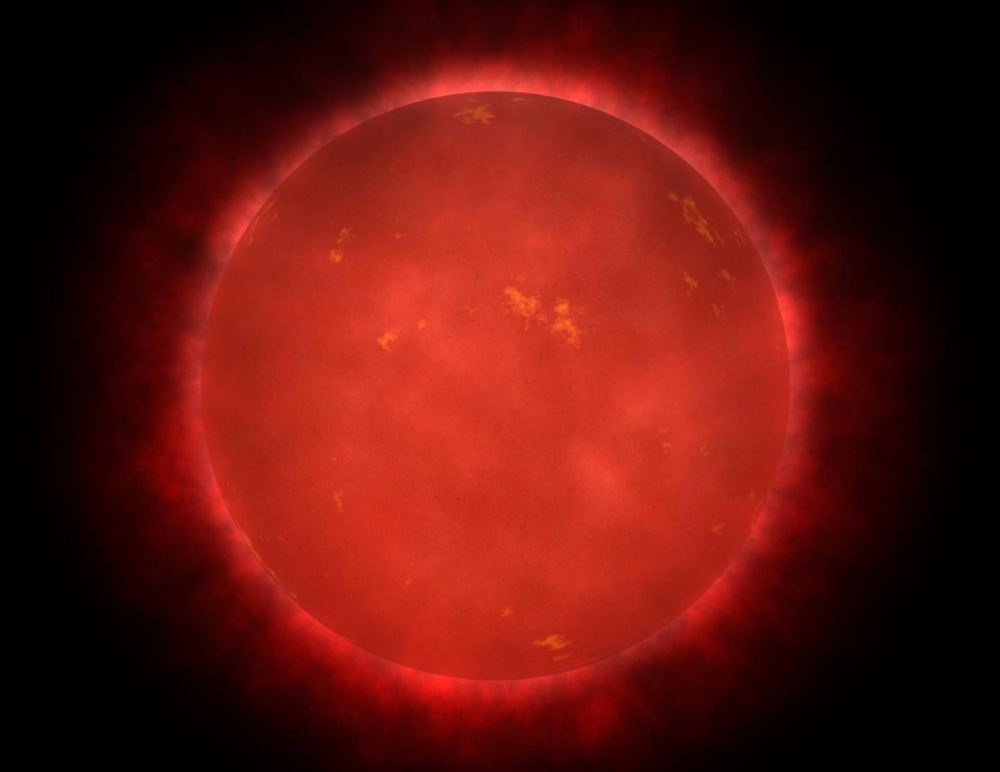We’ve all heard this one: when you drink a glass of water, that water has already been through a bunch of other people’s digestive tracts. Maybe Attila the Hun’s or Vlad the Impaler’s; maybe even a Tyrannosaurus Rex’s.
Well, the same thing is true of stars and matter. All the matter we see around us here on Earth, even our own bodies, has gone through at least one cycle of stellar birth and death, maybe more. But which type of star?
That’s what a team of researchers at ETH Zurich (Ecole polytechnique federale de Zurich) wanted to know.
The story of our Solar System started about 4.5 billion years ago when a molecular cloud collapsed. At the center of that collapsed cloud the Sun came to life in a burst of fusion, and a disc of gas and dust formed around it. Eventually, all of the planets in our Solar System formed from that protoplanetary disc.
Within that disc of material were dust grains that had formed around certain other stars. These special grains were distributed unevenly throughout the disc, “like salt and pepper,” according to Maria Schönbächler, a professor at the Institute of Geochemistry and Petrology at ETH Zurich. As the planets of the Solar System formed, each one contained its own mixture of gas and dust, and of those special grains.

Advances in measuring techniques allow scientists to detect the material the planets formed from, and to determine its origin. It all comes down to isotopes. An isotope is an atom of a given element with the same number of protons in its nucleus, but a different number of neutrons. For example, there are different isotopes of carbon, like C13 and C14. While all carbon isotopes have 6 protons, C13 has 7 neutrons while C14 has 8 neutrons.
The mixture of different isotopes in a planet—not just of carbon but of other elements too—is like a fingerprint. And that fingerprint can tell scientists a lot about a body’s origins.
“Stardust has really extreme, unique fingerprints – and because it was spread unevenly through the protoplanetary disc, each planet and each asteroid got its own fingerprint when it was formed,” Schönböchler said in a press release.
Over the years, scientists have been studying these fingerprints on Earth and in meteorites. Comparisons between the two reveal how long-dead red giant stars have contributed matter to the formation of Earth and everything on it. Including us.

Scientists have been able to compare these isotopic anomalies between the Earth and meteorites for more and more elements. Schönböchler and the other scientists behind a new study have been examining meteorites that were part of the core of asteroids destroyed long ago. They’ve focused on the element palladium.
Previous studies by other scientists have examined isotope ratios for other elements, like ruthenium and molybdenum, which are palladium’s neighbours on the periodic table. Those prior results allowed Schönböchler’s team to predict what they would find when they looked for palladium isotopes.
They expected similar amounts of palladium but got a surprise.

“The meteorites contained far smaller palladium anomalies than expected,” says Mattias Ek, postdoc at the University of Bristol who made the isotope measurements during his doctoral research at ETH.
In their paper, the team presents a new model to explain these results. The paper is titled “The origin of s-process isotope heterogeneity in the solar protoplanetary disk.” It was published in the journal Nature Astronomy on December 9th, 2019. The lead author is Mattias Ek.
Their model shows that even though everything in our Solar System was created from stardust, one type of star contributed most to Earth: red giants, or asymptotic giant branch (AGB) stars. These are stars in the same mass range as our Sun which expand into red giants when they deplete their hydrogen. Our own Sun will become one of these in about 4 or 5 billion years.
As part of their end-state, these stars synthesize elements in what’s called the s-process. The s-process, or slow neutron capture process, creates elements like palladium, and its neighbours on the periodic table, ruthenium and molybdenum. On an interesting note, the s-process creates these elements with seeds of iron nuclei, which themselves were created in supernovae in previous generations of stars.
“Palladium is slightly more volatile than the other elements measured. As a result, less of it condensed into dust around these stars, and therefore there is less palladium from stardust in the meteorites we studied,” Ek says.
There is a greater abundance of material from red giants in Earth’s makeup than there is in Mars, or in asteroids like Vesta further out in our Solar System. The outer region contains more material from supernovae. The team says they can explain why that is.

“When the planets formed, temperatures closer to the Sun were very high,” Schönbächler explains. Some of the dust grains were more unstable than others, including ones with icy crusts. That type was destroyed in the inner Solar System, close to the Sun. But stardust from red giants was more stable and resisted destruction, so it’s more concentrated close to the Sun. The authors say that dust from supernova explosions is also prone to evaporate more quickly since its smaller. So there’s less of it in the inner Solar System, and on Earth.
“This allows us to explain why the Earth has the largest enrichment of stardust from red giant stars compared to other bodies in the solar system,” Schönbächler says.
More:
- Press Release: Stardust from red giants
- Research Paper: The origin of s-process isotope heterogeneity in the solar protoplanetary disk
- Universe Today: New Study Sheds Light on How Earth and Mars Formed

